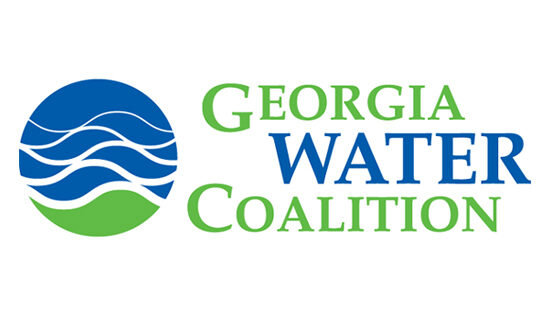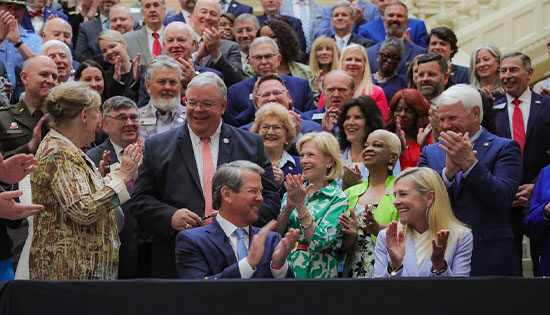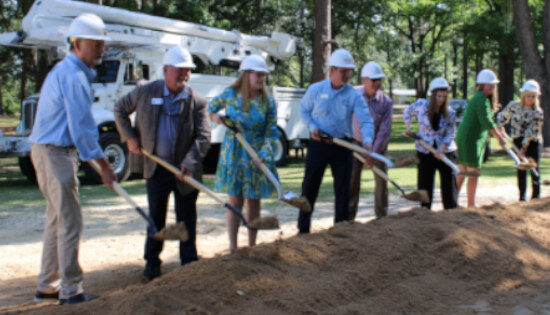ATLANTA – A new report lists Georgia as sixth among the top 10 states leading the way on “green building” in the U.S. Green Building Council.
Release:
A new report lists Georgia among the top 10 states leading the way on “green building.” The state ranks sixth in the U.S. Green Building Council, based on the 2022 LEED-certified gross square footage per capita in the past year.
The Peach State made it onto the top 10 list of states focused on sustainable building practices, according to a new report.
Georgia comes in at number six in the U.S. Green Building Council’s ranking released this week. The ranking is based on LEED-certified gross square footage per capita over the past year and rates environmentally friendly practices.
Ryan Snow, South Atlantic and South Central regional director for the U.S. Green Building Council, said Georgia last appeared on the list five years ago, and made it back because of its continued contributions to green building projects in the state.
“There’s always a lot of LEED and green building activity in the state,” Snow acknowledged. “But in 2022, there were 66 projects that were certified including for large notable projects. For example, the Georgia World Congress Center was recertified, and that building alone is almost 4 million square feet. So it certainly contributed to the ranking this year.”
Snow explained the LEED is a global rating system used in 180 territories and countries around the world, and it is the most widely used green building program. In 2019, Georgia had more than 166 million gross square feet of LEED-certified space.
Rhiannon Jacobson, managing director of U.S. market transformation and development for the council, said LEED-certified buildings help the environment, are utilizing 30% less energy, and provide the means to reduce the climate impacts of buildings and their inhabitants.
“When you think about a LEED building, it is going to be covering everything from the air quality of the building itself, the amount of energy and water that it’s using, to the amount of waste it’s creating, to the occupant experience that’s happening,” Jacobson outlined.
Jacobsen noted Washington, D.C. does not appear in the official top 10 list, but consistently leads the nation in LEED-certified square footage per capita. She added in addition to addressing climate change, LEED buildings can also help reduce operational and maintenance costs.











